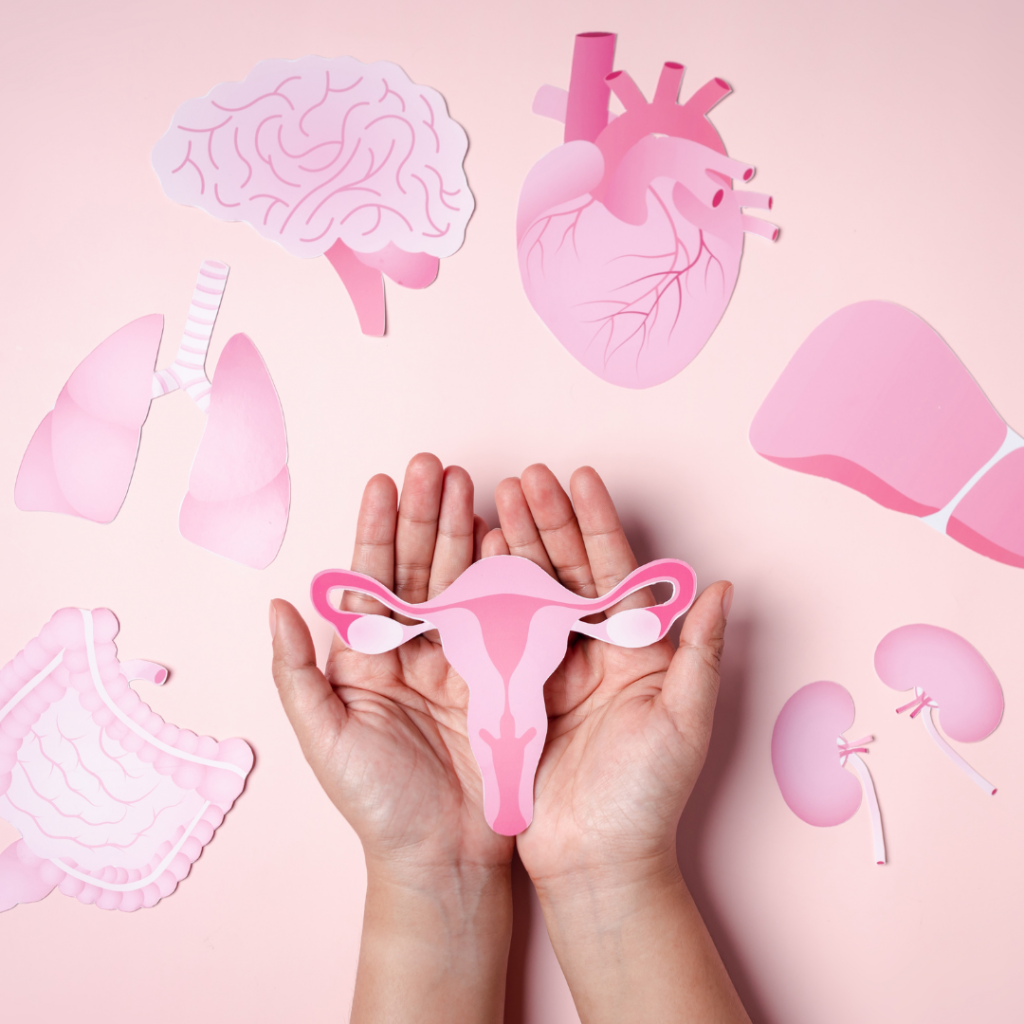While IVF has become increasingly common and accessible, many people still seek a deeper understanding of the intricacies of the process. The IVF journey contains the various stages of the IVF process, from the initial ovarian stimulation to the pivotal embryo transfer.
IVF Cycle Timeline at a Glance
It's important to note that there's no one-size-fits-all IVF protocol, as treatment plans are tailored to each patient's unique needs and desires. Consequently, timelines may vary. However, on average, an entire IVF cycle typically spans 6 to 8 weeks. Let's break it down:
1. Pre-cycle Preparation:
• Consultation: The journey commences with an initial consultation with an IVF specialist. During this consultation, you'll discuss your medical history, fertility issues, and prior treatments and undergo various diagnostic tests. This information helps your doctor create a personalized IVF protocol.
• Ovarian Suppression: In some cases, a period of ovarian suppression precedes the IVF cycle. This phase, lasting 2 to 4 weeks, involves hormonal treatments to optimize follicle development and prevent premature ovulation. Monitoring through ultrasounds and blood tests ensures ovarian inactivity.
2. IVF Cycle:
Step 1 - Ovarian Stimulation:
Ovarian stimulation typically begins on day 1 to day 3 of your menstrual cycle. It involves daily hormone injections of follicle-stimulating hormone (FSH), luteinizing hormone (LH), or a combination to promote follicle development and multiple egg maturation.
Step 2 - Trigger Shot:
• When your follicles have reached optimal size, a human chorionic gonadotropin (hCG) trigger shot is administered. This shot matures the eggs and induces ovulation.
Step 3 - Egg Retrieval & Sperm Collection:
• Under general anesthesia, a transvaginal ultrasound-guided needle is used to aspirate the follicular fluid containing the eggs. This quick and painless procedure takes 15 minutes. Simultaneously, your partner may provide a sperm sample, which is processed for fertilization.
• In cases of poor sperm quality, Intracytoplasmic Sperm Injection (ICSI) may be employed to fertilize the eggs.
Step 4 - Fertilization and Embryo Culture:
• Fertilization involves incubating eggs with sperm, either through natural selection or ICSI. Embryologists monitor fertilized eggs' progress, cultivating them into embryos and, eventually, blastocysts over 2 to 6 days. Embryos can be watched for up to 6 days before freezing.
Step 5 - Embryo Transfer:
• Embryo transfer may occur on day 3 (cleavage stage) or day 5 (blastocyst stage), depending on embryo quality. Quick and painless, the procedure involves placing one or two embryos into the uterus via a catheter. Any remaining high-quality embryos can be frozen for future use.
3. Luteal Phase (Two-Week Wait):
• Throughout the two-week luteal phase, you'll continue taking progesterone to prepare the uterine lining for implantation. Rest and minimizing strenuous activity are recommended during this time.
4. Pregnancy Test:
• After the two-week wait, an hCG blood test determines the success of the treatment. Consult your IVF specialist to discuss the next steps regardless of the outcome.
In conclusion, the IVF process encompasses several distinct phases, each vital to achieving a successful pregnancy.


